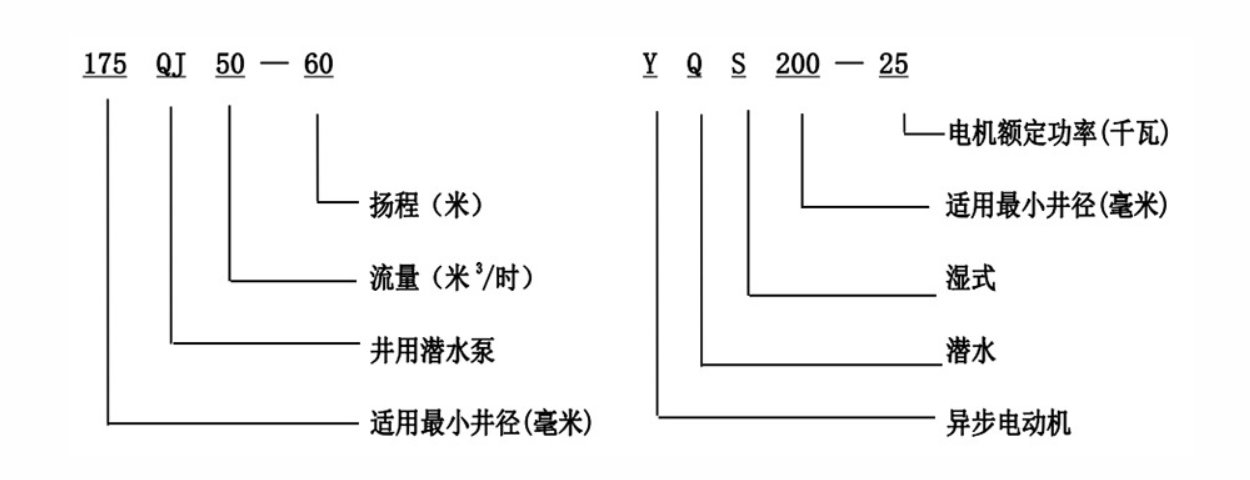Nov . 04, 2024 12:09 Back to list
DC Powered Submersible Pumps for Deep Well Applications and Efficient Water Supply Solutions
The Role of DC Powered Submersible Deep Well Pumps in Water Extraction
In many parts of the world, access to clean and reliable water sources is a significant challenge. Deep well pumping systems have become essential for extracting groundwater, especially in areas that are not served by surface water sources. Among these systems, DC-powered submersible deep well pumps have emerged as an innovative solution, offering efficiency and versatility for water extraction.
Understanding Submersible Deep Well Pumps
Submersible pumps are designed to be submerged in water, making them ideal for deep wells. Unlike traditional pumps that draw water from above, submersible pumps push water to the surface. These pumps consist of a motor attached to a pump body, which is submerged in the water well. The design allows for efficient water delivery over considerable distances and depths, making them suitable for various applications, from agricultural irrigation to providing drinking water in rural communities.
Advantages of DC-Powered Pumps
DC-powered submersible pumps have a multitude of advantages compared to their AC counterparts. One of the primary benefits is their energy efficiency. Direct current (DC) motors consume less power and generate less heat, which translates into lower operational costs and longer lifespan. This intrinsic efficiency is particularly beneficial for remote areas where electricity costs can be prohibitive or where solar energy is the primary power source.
The flexibility of DC-powered pumps also allows them to operate effectively with solar panel systems. By utilizing solar panels, the reliance on the electrical grid is reduced, making it a sustainable option for water extraction in rural or underserved areas. The integration of solar energy empowers communities to harness natural resources, reducing energy expenses while ensuring a reliable water supply.
Applications and Benefits
dc powered submersible deep well pumps

DC-powered submersible deep well pumps are versatile and can be utilized in a variety of contexts. These pumps are widely used in agricultural settings for irrigation, helping farmers maintain their crops even during dry seasons. The ability to extract water from deep wells ensures a steady supply, fostering agricultural productivity and resilience in face of climatic challenges.
In urban settings, these pumps can assist in managing water supply for residential or commercial needs. With population growth and urbanization straining existing water infrastructures, efficient water extraction methods are crucial. DC-powered pumps can provide a reliable solution for municipalities looking to expand their water supply networks without incurring substantial costs related to infrastructure development.
Additionally, these pumps are often used in emergency scenarios. Natural disasters, such as hurricanes or floods, can disrupt water supply systems, necessitating immediate and reliable sources of clean water. Portable submersible pumps powered by DC systems can be deployed quickly to address such urgent needs, providing vital support in crisis situations.
Challenges and Considerations
While the advantages of DC-powered submersible deep well pumps are clear, there are considerations to keep in mind. The initial cost of purchasing and installing a DC-powered system may be higher than traditional systems. However, this cost should be balanced against long-term savings in energy consumption and maintenance.
Furthermore, proper installation and maintenance are crucial for optimal performance. Users must ensure that the pump is compatible with the specific well's depth and water quality to avoid mechanical failures that can lead to costly repairs or replacements.
Conclusion
DC-powered submersible deep well pumps are an indispensable tool in modern water extraction, offering a blend of efficiency, sustainability, and versatility. They play a critical role in addressing the increasing global demand for water, particularly in areas where traditional sources are scarce or unreliable. As technological advancements continue to improve pump efficiency and affordability, these systems are likely to become even more prevalent in both rural and urban applications, championing the cause of sustainable water management in a world facing growing challenges related to water resources. Investing in these innovative solutions not only meets immediate water needs but also contributes to a more sustainable future for generations to come.
-
Submersible Water Pump: The Efficient 'Power Pioneer' of the Underwater World
NewsJul.01,2025
-
Submersible Pond Pump: The Hidden Guardian of Water Landscape Ecology
NewsJul.01,2025
-
Stainless Well Pump: A Reliable and Durable Pumping Main Force
NewsJul.01,2025
-
Stainless Steel Submersible Pump: An Efficient and Versatile Tool for Underwater Operations
NewsJul.01,2025
-
Deep Well Submersible Pump: An Efficient 'Sucker' of Groundwater Sources
NewsJul.01,2025
-
Deep Water Well Pump: An Efficient 'Sucker' of Groundwater Sources
NewsJul.01,2025
-
 Submersible Water Pump: The Efficient 'Power Pioneer' of the Underwater WorldIn the field of hydraulic equipment, the Submersible Water Pump has become the core equipment for underwater operations and water resource transportation due to its unique design and excellent performance.Detail
Submersible Water Pump: The Efficient 'Power Pioneer' of the Underwater WorldIn the field of hydraulic equipment, the Submersible Water Pump has become the core equipment for underwater operations and water resource transportation due to its unique design and excellent performance.Detail -
 Submersible Pond Pump: The Hidden Guardian of Water Landscape EcologyIn courtyard landscapes, ecological ponds, and even small-scale water conservancy projects, there is a silent yet indispensable equipment - the Submersible Pond Pump.Detail
Submersible Pond Pump: The Hidden Guardian of Water Landscape EcologyIn courtyard landscapes, ecological ponds, and even small-scale water conservancy projects, there is a silent yet indispensable equipment - the Submersible Pond Pump.Detail -
 Stainless Well Pump: A Reliable and Durable Pumping Main ForceIn the field of water resource transportation, Stainless Well Pump has become the core equipment for various pumping scenarios with its excellent performance and reliable quality.Detail
Stainless Well Pump: A Reliable and Durable Pumping Main ForceIn the field of water resource transportation, Stainless Well Pump has become the core equipment for various pumping scenarios with its excellent performance and reliable quality.Detail
